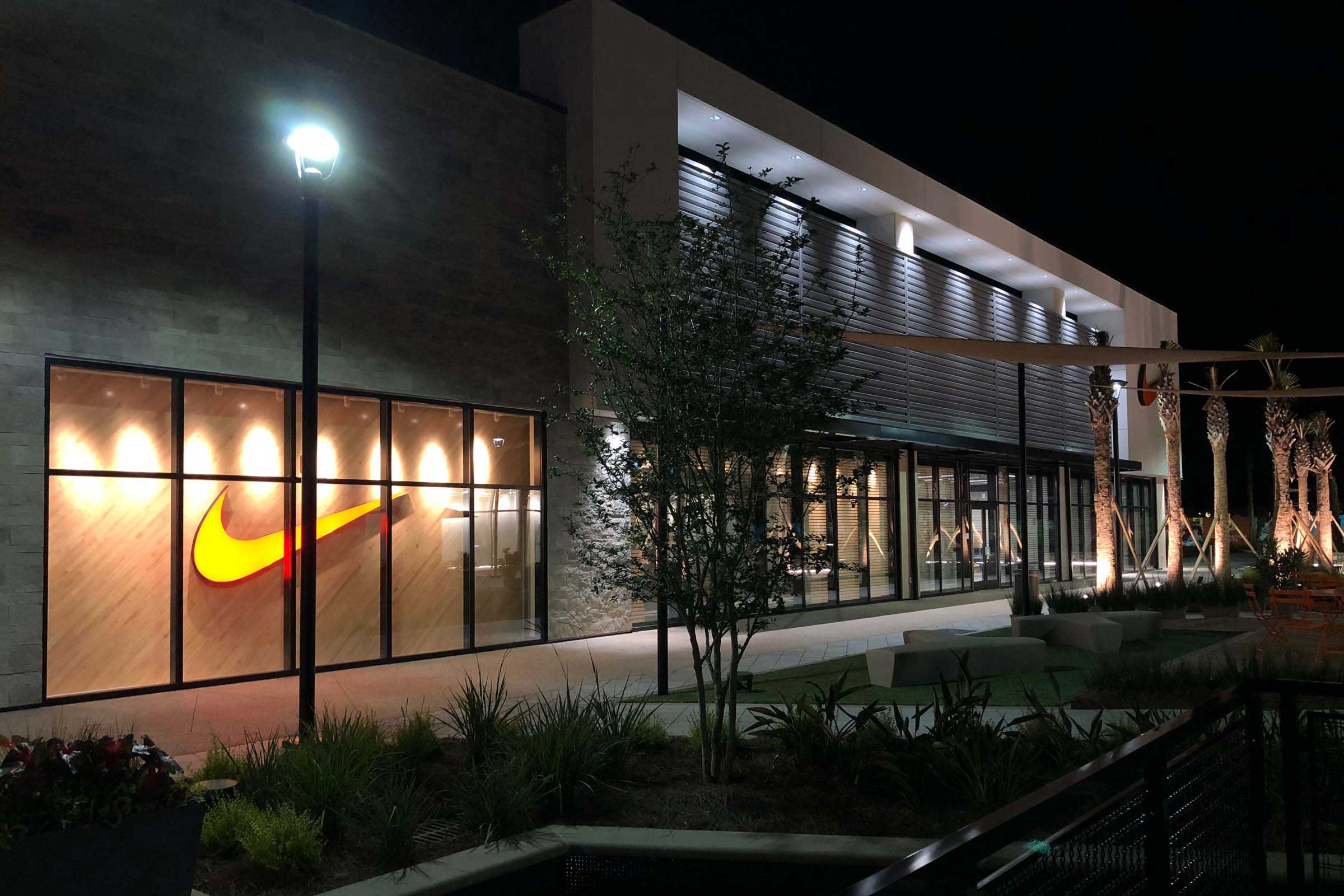
Our last blog tackled several of the most common clichés I hear about the retail industry. One cliché I didn’t mention is a “fact” that has been going around for years — people only want to shop online. Ever since e-commerce giants like Amazon and Ebay really took off, people have been speculating brick and mortar stores’ days were numbered. The reality is, not only are store locations still in demand, digitally native retailers are finding they have to set up shop on solid ground if they want to continue to grow.
The Chicken or the Egg Argument
First, let’s look at the proven correlation between digital and brick and mortar sales. You might think that when a store closes, shoppers just head to the brand’s website instead. It’s actually the opposite. Retailers are realizing and several studies have proven online brands greatly benefit from brick and mortar locations. When a store closes, their online sales take a dip. One study by the International Council of Shopping Centers (ICSC) showed a 77% decrease in online traffic when a brick and mortar store closes. In contrast, when a new store opens, their online traffic jumps an average of 37% in the quarter following the store opening. That’s a pretty compelling case for digitally native retailers to dip their toe in the brick and mortar market.
Owning the Showroom
A few years ago, a trend emerged called showrooming. That’s where shoppers go into brick and mortar stores and see, touch, or try on merchandise, and then ultimately go buy it online — from whatever retailer can offer the lowest price. Now, digitally-native retailers are using the practice to their advantage by owning the experience and setting up their own brick and mortar showrooms. Many of these retailers are embracing an inventory-free showroom concept where shoppers can visit a store to test out products before purchasing the item from the store’s online inventory. Last year the longtime digitally-native mattress brand Casper opened its first permanent store which features several staged bedrooms where shoppers can lay on and test out mattresses before making a purchase and having the mattress shipped straight to their home. By opening up brick and mortar stores, Casper and other e-tailers like Warby Parker, M. Gemi, and Allbirds are increasing their brand awareness and giving shoppers a reason to buy directly from them. Plus, because these stores aren’t fully stocked with inventory, they can set up in small spaces in high-traffic areas in major cities cross the country — further increasing awareness.
A Better Brick and Mortar Experience
Alternately, brands who have always had brick and mortar stores are stepping up their digital game and offering shoppers experiences that help blend the online and in-person shopping experience. Nike is doing this very well. Take their new flagship store in SoHo New York. Shoppers can test out shoes on their choice of “Trial Zones” — from the Running Trial Zone which puts shoppers on a treadmill in front of a jumbotron to the Soccer Trial Zone where shoppers can test their cleats on a turf field. The store also features a customization shoe bar, giving customers the option to fully personalize their Nike shoes in whatever color, style, or unique features they want. These features attract shoppers to Nike brick and mortar stores and incentivizes them to purchase directly from the brand.
Traditional department store Kohl’s found an opportunity to attract online shoppers to their store by partnering with Amazon to accept Amazon returns. The store will pack and ship Amazon returns for free, offering shoppers a headache-free return option for all their Amazon purchases. By doing this, Kohl’s is attracting new shoppers into their store and driving customer traffic. During the pilot program, a research group found that Kohl’s Chicago locations that offered the return program saw a 9% increase in new customers compared with 1% in other locations that did not.
With digitally-native retailers looking to open new brick and mortar locations, retail developers have an opportunity. The inventory-free showroom model allows for smaller locations, meaning multiple tenant leases for a smaller amount of square footage. If you have an empty big box property or other empty asset, now is the time to renovate and remodel the building to attract e-tailers looking to branch out into stores. Read this blog for an example of how our project team transformed an old Toys R’ Us into several new tenant stores for our client. If you are considering an adaptive reuse project, my advice is to make sure the new space is modern, fresh, and unique. E-tailers aren’t looking to move into a traditional box store that another tenant moved out of. They consider their brand special and unique and want a store to match that perception. If you can offer that, you can attract these brands to your development and attract all their customer traffic in the process.

